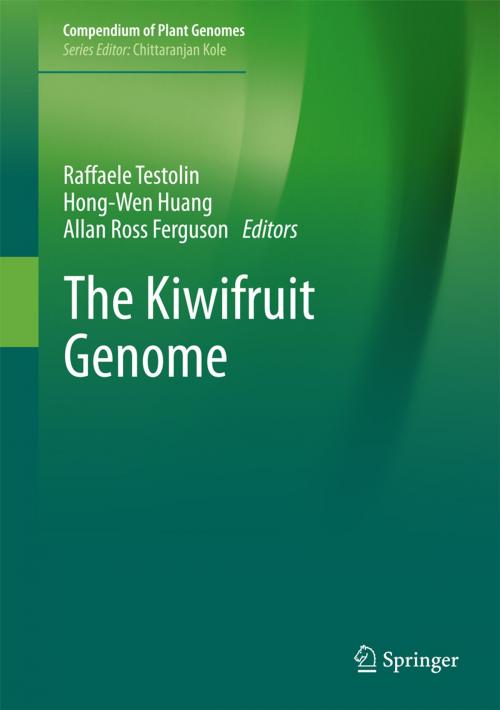The Kiwifruit Genome
Nonfiction, Science & Nature, Science, Biological Sciences, Botany, Technology, Agriculture & Animal Husbandry| Author: | ISBN: | 9783319322742 | |
| Publisher: | Springer International Publishing | Publication: | May 2, 2016 |
| Imprint: | Springer | Language: | English |
| Author: | |
| ISBN: | 9783319322742 |
| Publisher: | Springer International Publishing |
| Publication: | May 2, 2016 |
| Imprint: | Springer |
| Language: | English |
This book describes the basic botanical features of kiwifruit and its wild relatives, reports on the steps that led to its genome sequencing, and discusses the results obtained with the assembly and annotation. The core chapters provide essential insights into the main gene families that characterize this species as a crop, including the genes controlling sugar and starch metabolism, pigment biosynthesis and degradation, the ascorbic-acid pathway, fruit softening and postharvest metabolism, allergens, and resistance to pests and diseases.
The book offers a valuable reference guide for taxonomists, geneticists and horticulturists. Further, since information gained from the genome sequence is extraordinarily useful in assessing the breeding value of individuals based on whole-genome scans, it will especially benefit plant breeders. Accordingly, chapters are included that focus on gene introgression from wild relatives and genome-based breeding.
This book describes the basic botanical features of kiwifruit and its wild relatives, reports on the steps that led to its genome sequencing, and discusses the results obtained with the assembly and annotation. The core chapters provide essential insights into the main gene families that characterize this species as a crop, including the genes controlling sugar and starch metabolism, pigment biosynthesis and degradation, the ascorbic-acid pathway, fruit softening and postharvest metabolism, allergens, and resistance to pests and diseases.
The book offers a valuable reference guide for taxonomists, geneticists and horticulturists. Further, since information gained from the genome sequence is extraordinarily useful in assessing the breeding value of individuals based on whole-genome scans, it will especially benefit plant breeders. Accordingly, chapters are included that focus on gene introgression from wild relatives and genome-based breeding.















